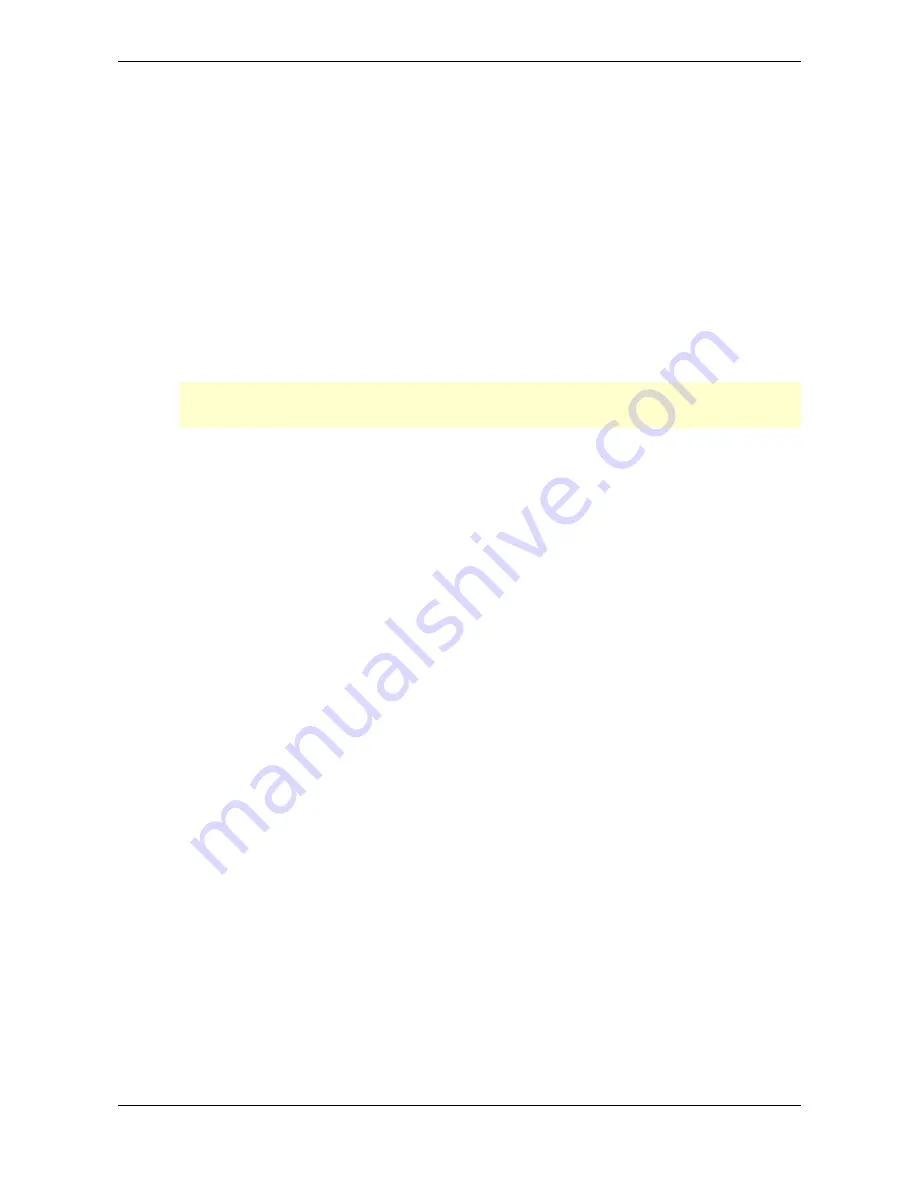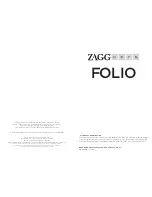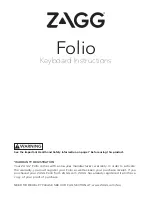
Basic Operation – Editing Parameters
33
Waldorf Q User’s Manual
Editing Alternative Panel Parameters
Most of the controls on the front panel have alternative functions or parameters, labelled in blue
color. To access an alternative function or parameter (e.g.
Semi
in the Oscillators section), you will
have to use the
Shift
button, located in the Master section. The
Shift
button can be used in two
different ways:
•
Press the
Shift
button briefly. The LED next to the button will flash. Now you can access
all parameters labelled in light blue colour. Briefly press the button again (LED will go off)
to switch back the controls to their normal operation. If you don’t perform any edits for a
certain time, the Shift mode will be terminated automatically. You can adjust this timeout
in the Global section.
•
Press and hold the
Shift
button while moving controls on the panel. The alternative
parameters will be valid as long as you hold down the button. Releasing the button will
end the mode. The LED will flash while holding the button.
���
Please note that some of the alternative functions mentioned later (e.g. Utility) require to hold
down the
Shift
button, no matter if
Shift
is active or not.
Control and Button Types
The front panel has controls of several different types. The following paragraphs give a short
explanation of how each control reacts.
Continuous Controls
Most controls on the front panel are of this type. They control parameters with continuous values. All
rotary controls are made of dials. Turning a dial clockwise increases the corresponding value, turning
it counterclockwise decreases it. The dials have a built-in dynamic response feature. If you turn the
control slowly, the value changes very smoothly, too. If you turn it faster, it accelerates as well. This
gives you the chance of adjusting the whole value range in just one turn without losing accurate
control when necessary. They don’t have any LED and no click. An example for a continuous control
is the
Detune
control.
Selective Controls
Selective controls differ to continuous controls by having a click. You will easily notice that when you
turn a control of this type. Selective Controls might have LED to indicate the current value of their
parameters. An example without LED is the
Octave
control, an example with LED is the
Shape
control.
Switch Buttons
Switch buttons are used to switch a parameter on or off, or to toggle between different values. They
have a direct influence on the edited Sound. An example for an on/off switch is the
Sync
button, an
example for a button that toggles between different values is the
Arpeggiator Mode
button whose
values can be
Off
,
On
,
One Shot
or
Hold
.
Selection Buttons
Selection buttons are used to switch a part of the panel to control different aspects of the sound. They
don’t have a direct influence on the edited Sound, but their status is saved with the Sound to recall
Summary of Contents for Q Rack
Page 1: ...User s Manual Q Keyboard Q Rack ...
Page 170: ...Appendix MIDI Implementation Chart Waldorf Q User s Manual 170 ...
Page 172: ......
Page 173: ......
















































